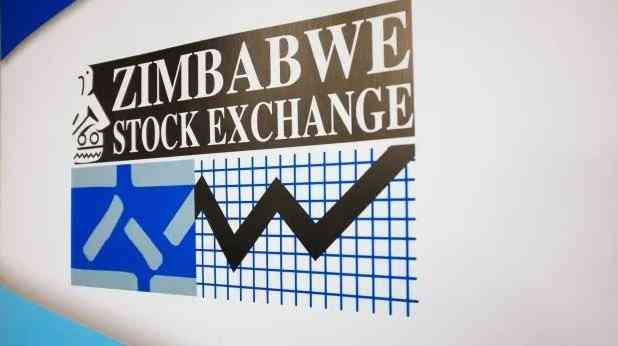
360-Degree Feedback, also known as multi-source feedback, collects performance insights from multiple perspectives — peers, subordinates, supervisors and sometimes clients. Extensive research has explored its impact, effectiveness and best practices.
This article goes into the science behind these assessments, analysing how they work, under what conditions they are effective and the evidence supporting their application.
Measuring impact
The most comprehensive meta-analysis on 360-Degree Feedback, conducted by Smither, London and Reilly (2005), examined both weighted and unweighted effect sizes across different rater groups.
The results showed unweighted effect sizes of .24 for direct reports, .12 for peers, .14 for supervisors, and .00 for self-ratings. When weighted, these effects were even smaller: .12 for direct reports, .04 for peers, .10 for supervisors and -.03 for self-ratings. These modest effect sizes suggest that while 360-Degree Feedback can lead to improvements, the impact is typically modest.
Notably, feedback used purely for development showed larger effects (averaging .25) compared to administrative purposes like performance reviews (.08).
Understanding 360-degree feedback
360-Degree Feedback assumes that feedback from multiple sources provides a holistic view of an employee’s performance. Traditional top-down appraisals often miss insights from team members and peers who regularly interact with the employee.
- What 360-degree feedback can achieve and why
- Science behind 360-degree assessments and feedback
Keep Reading
However, research shows that self-assessments tend to display optimistic biases, whereas peer and supervisor evaluations offer greater objectivity. A meta-analysis by Harris and Schaubroeck (1988) confirmed this, showing moderate correlation between self-peer ratings (r = 0.36) and self-supervisor ratings (r = 0.35), while peer-supervisor ratings had a stronger correlation (r = 0.62).
The science of rater agreement
Research on rater agreement reveals moderate correlations between different rating sources. Self-ratings typically correlate modestly with other perspectives, showing correlations of .3 to .6, while peer and supervisor ratings demonstrate stronger convergence.
Studies consistently find that supervisors tend to be the most reliable raters. Research has also established optimal numbers of raters needed for reliable results: four supervisors, eight peers and nine direct reports.
Having at least two respondents per rater category is necessary for meaningful results; when fewer than two raters provide feedback, the reliability becomes questionable.
Individual differences
Individual differences play a crucial role in feedback effectiveness. Research shows that leaders with high emotional stability are more likely to be motivated to use feedback results.
Those high in extraversion are more likely to seek additional feedback, while those high in conscientiousness are more likely to engage in developmental activities. Having a learning goal orientation, as opposed to a performance orientation, consistently predicts better outcomes.
Psychology of feedback reception
Initial reactions to feedback strongly predict outcomes. Studies have found that recipients expressing positive emotions and motivation immediately after receiving feedback show greater improvement in subsequent ratings.
Conversely, negative emotional reactions often lead to performance declines. This highlights the importance of carefully managing the feedback delivery process.
Content, delivery: What works best
The content of feedback matters significantly. Research demonstrates that feedback should be specific and behavioural rather than general, task-focused rather than person-focused, and include causal language explaining performance gaps.
Evidence suggests that positive feedback is generally more effective, even for poor performers. When negative feedback is necessary, careful framing becomes crucial to maintain recipient engagement and motivation.
Cultural concerns
Cultural considerations add another layer of complexity to 360-Degree Feedback processes. Cross-cultural research reveals that self-other rating discrepancies tend to be wider in high power distance and individualistic cultures. The process is most effective in cultures low on power distance with individualistic values.
While peer ratings appear to have utility for predicting leadership potential across cultures, rating patterns and their relationship to effectiveness vary significantly between countries.
Potential pitfalls
The potential for negative impact cannot be ignored. A seminal meta-analysis by Kluger and DeNisi (1996) found that in over one-third of cases, feedback interventions resulted in decreased performance.
This typically occurs when feedback threatens self-esteem, recipients become defensive, the process is perceived as unfair, or follow-up support is lacking.
Implementation problems such as insufficient rater numbers, lack of rater training, unclear purpose, and limited follow-through on development plans can also undermine effectiveness.
Best practices
To maximise the impact of 360-Degree Feedback, organisations must carefully align purpose and implementation. Development and administrative purposes should be kept separate, with clear communication to all participants.
The process should include sufficient raters, provide rater training, ensure confidentiality, include self-assessment and build in follow-up mechanisms. Support systems, including coaching, manager involvement, development resources and progress monitoring, are crucial for success.
Conclusion
The research evidence makes clear that 360-Degree Feedback can be a valuable development tool when properly implemented.
However, careful attention to both individual and organisational factors is required to be effective. The modest effect sizes suggest it should be viewed as one component of a broader development strategy rather than a standalone solution.
Organisations implementing these programs should maintain realistic expectations about the magnitude of impact while ensuring they have the necessary support systems in place for success.
- Nguwi is an occupational psychologist, data scientist, speaker and managing consultant at Industrial Psychology Consultants (Pvt) Ltd, a management and human resources consulting firm. — https://www.linkedin.com/in/memorynguwi/ Phone +263 24 248 1 946-48/ 2290 0276, cell number +263 772 356 361 or e-mail: mnguwi@ipcconsultants.com or visit ipcconsultants.com.










